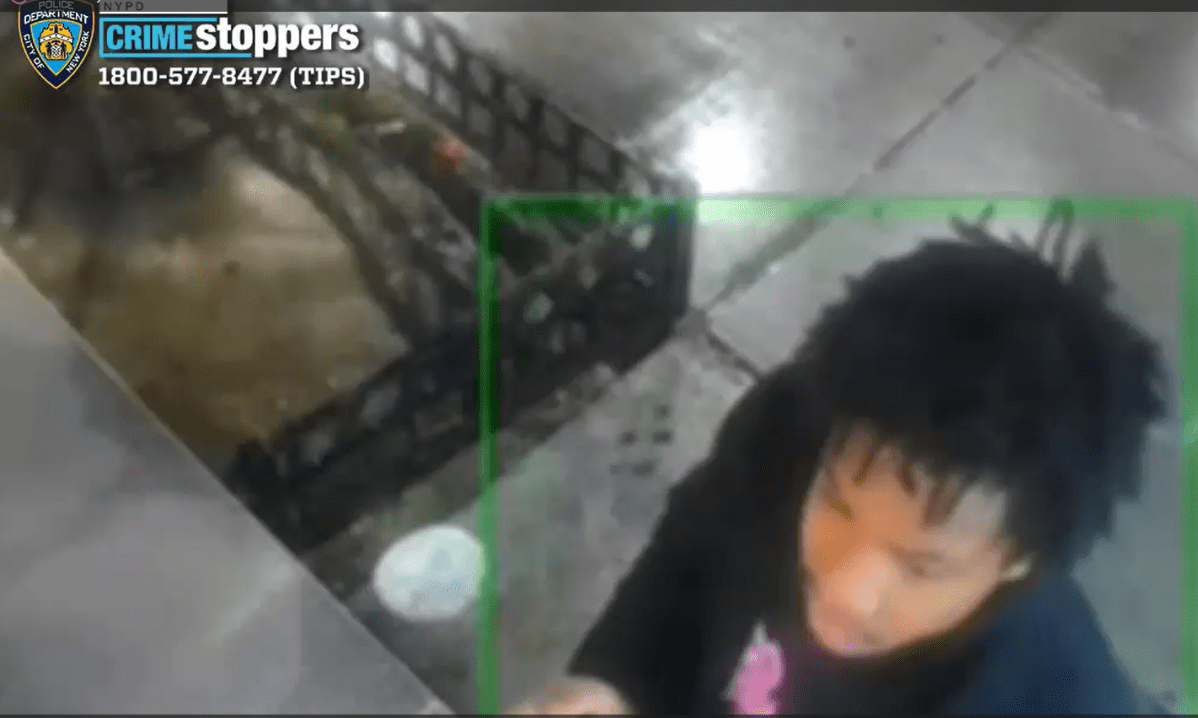By Noah Fowle
Early on in the documentary “Be Here to Love Me,” Townes Van Zandt explains that he always had a loose plan for his songs to far outshine himself. His resulting life story isn’t sad so much as it is hopeless. Following the folk troubadour from his experimental days to acceptance (and ultimately reverence) from his peers, first-time director Margaret Brown captures a man caught up in the excess of the 60s and his own demons. However, at times it feels that her over-the-top attention to detail of backcountry roads and hotel rooms, along with an overabundance of interviews with Van Zandt acquaintances, might have benefited from a “less is more” approach.
The story, which is best told by Van Zandt himself and his peers, Willie Nelson, Kris Kristofferson, and Guy Clark, is one that many audiences will no doubt be familiar with when it comes to dissecting legends in the music industry. Yet it’s the pitch-perfect background scenes — like when a Van Zandt roadie is firing an air rifle from the door of a trailer during an interview — that sheds a unique light on Van Zandt and his environment. Here, the audience is treated to the living, breathing manifestations of the folk characters in Van Zandt’s songs. And his stark honesty allows us to sympathize with him as we follow him on his tragic path to self-destruction.
The film lags when Brown shifts from observation to analysis. Unfortunately, too much time is given to others who needlessly reinterpret Van Zandt’s succinct songs and actions. It’s hard to fault Van Zandt’s high school buddies for laughing about his predilection towards airplane glue, or his misinformed family for signing off on electroshock therapy. But watching his collection of ex-wives vie for recognition as his muse is faintly sickening, considering Van Zandt spent the majority of his life combating depression with alcohol.
Although not a household name, Van Zandt enjoyed his own version of success and remained content to sacrifice his well being for his art. Brown’s film is at its best when she uses intimate footage from small bars or Van Zandt’s backyard rather than staged, television performances and forced interviews with those who claim to know more about Van Zandt’s problems than even he did. As the movie chronicles the bizarre stories of Van Zandt, from his clinical 90-minute death to a four-story plunge (both separate incidents), it offers a glance into the creation of the myths behind this folk anti-hero. The strength of this film lies in its ability to turn a common man into a legend, much as Van Zandt did to the characters in his own songs. It’s just too bad that at times Brown’s story doesn’t quite match the depth of her subject.
google_ad_client = “pub-6226499064891091”;
google_ad_width = 468;
google_ad_height = 60;
google_ad_format = “468x60_as”;
google_ad_channel =”0606561524″;
google_color_border = “336699”;
google_color_bg = “FFFFFF”;
google_color_link = “0000FF”;
google_color_url = “008000”;
google_color_text = “000000”;
//–>
src=”https://pagead2.googlesyndication.com/pagead/show_ads.js”>
WWW Downtown Express

































